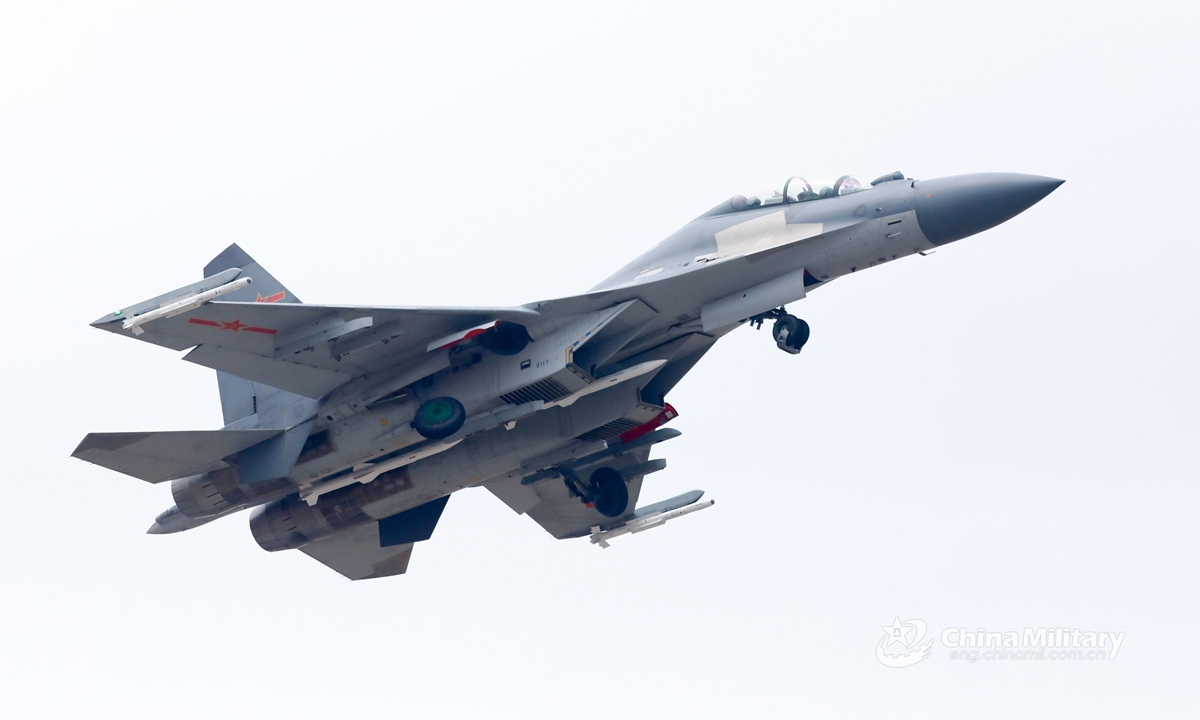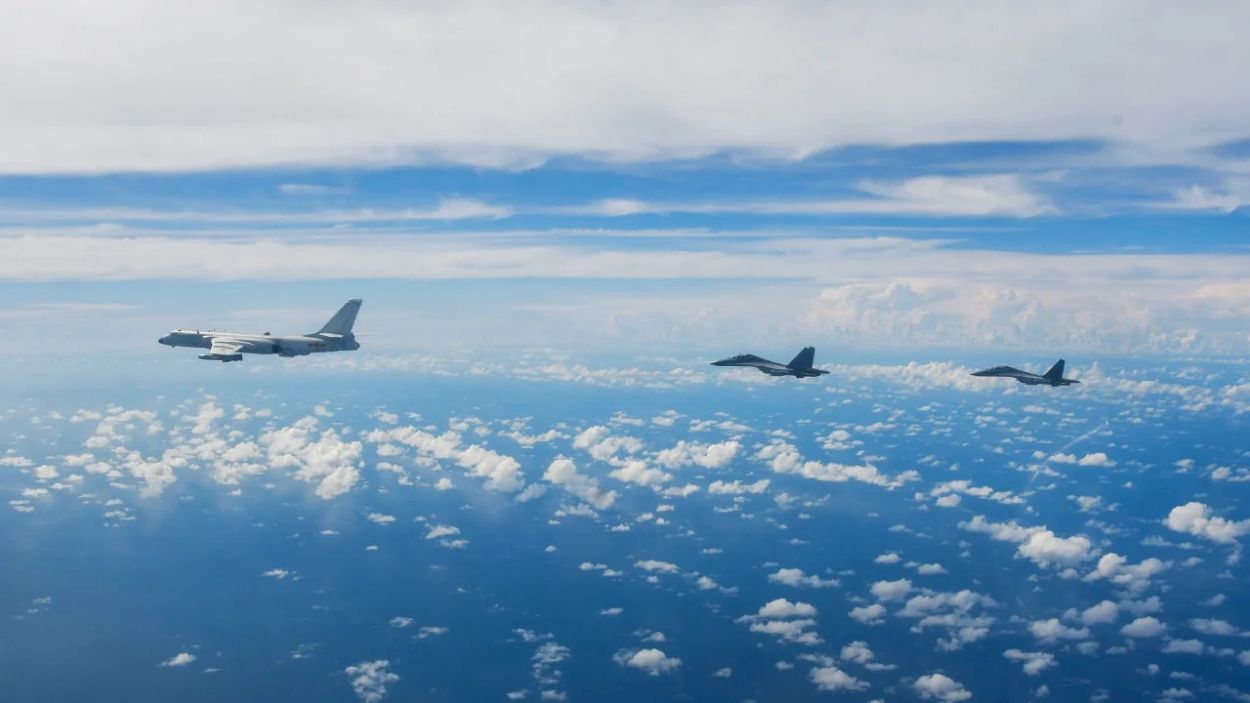On April 8, China commenced drills near Taiwan in response to President Tsai Ing-wen’s meeting with the speaker of the US House of Representatives, Kevin McCarthy.
During these drills, roughly 45 Chinese fighter jets briefly entered the sensitive median line of the Taiwan Strait out of a total of 71 jets.
The median line in the narrow strait between Taiwan and mainland China acts as an unspoken Line of Control, which is not officially recognized. Military aircraft and battleships from both sides usually avoid crossing it.
The scheduled three-day training drills were announced following Tsai’s return from the US. This move came after China criticized her meeting with Speaker Kevin McCarthy in Los Angeles on April 5.
The Chinese People’s Liberation Army’s Eastern Theater Command, responsible for operations in the East China Sea, including the Taiwan Strait, confirmed that the Joint Sword exercises and combat patrols are taking place in the air and waters located north, south, and east of Taiwan.
The exercises will conclude on April 10, according to the brief statement issued by the Command.

On April 8 morning, 45 Chinese fighters, including J-10s, J-11s, and J-16s, and eight Chinese ships, were reportedly sighted crossing the median line, which typically serves as an unofficial buffer between the two sides, according to the Taiwan defense ministry.
The Chinese government is accused of using Tsai’s visit to the US as a pretext to conduct military exercises, which has resulted in causing serious damage to the stability, security, and peace of the region, as per the statement released by the island’s ministry.
In August 2022, Beijing conducted military exercises, including missile launches, around Taiwan after then-House Speaker Nancy Pelosi’s visit to Taipei.
China claims Taiwan as a part of its territory and seeks to reunify it with the mainland. However, the island nation considers itself an independent, sovereign state with its own government, military, and economy.
The latest drills involved the participation of the army, navy, and air force, with an array of weapons deployed.
This includes long-range rocket artilleries, naval destroyers, missile boats, air force fighters, bombers, electronic warfare aircraft, aerial tankers, and conventional missiles.

What Makes The Median Line So Important?
The median line is an unmarked and unofficial boundary that historically separated Taiwan and China, running down the middle of the Taiwan Strait. As mentioned, it acts as an unofficial Line of Control (LoC) between the two sides.
While not an official border, it was once widely followed by both sides as a practical means of avoiding disputes and incidents.
Historically, crossing the median line by military jets and ships was uncommon. However, in recent years, there have been increasing instances of Chinese military incursions across the unofficial border after Beijing’s declaration in 2020 that the median line no longer existed.

This has raised regional tensions and concerns about potential accidents or miscalculations that could escalate into a larger conflict.
Crossing the median line is a sensitive issue because the Taiwan Strait is a narrow water body measuring around 130 kilometers (81 miles). The risk of accidents or unintended escalation increases with any military incursion.
Beijing has accelerated its activities against Taipei, particularly in the form of increased incursions. Most of these forays have been in the form of military aircraft flights into the southwestern corner of Taiwan’s air defense identification zone (ADIZ).
Taiwan stated that it would have to use force if Chinese forces entered its 12 nautical miles of territorial waters. But, there are presently no plans to grant the military or coastguard more power to act outside of this scenario.
Taiwan’s President Tsai Ing-wen frequently said the island nation wouldn’t initiate or intensify hostilities.
It is debatable whether Taiwan’s allies would assist it in maintaining the line or whether international backing for Taiwan would be sufficient to prevent China from crossing into the island nation.
The United States and other Western navies sail across the strait to stress its international significance rather than to impose the unofficial median line, which has no legal standing.
Taiwanese officials believe a Chinese naval presence near Taiwan’s territorial seas would burden the country’s defense and make a Chinese blockade or invasion far more likely.
- Contact the author at ashishmichel(at)gmail.com
- Follow EurAsian Times on Google News




